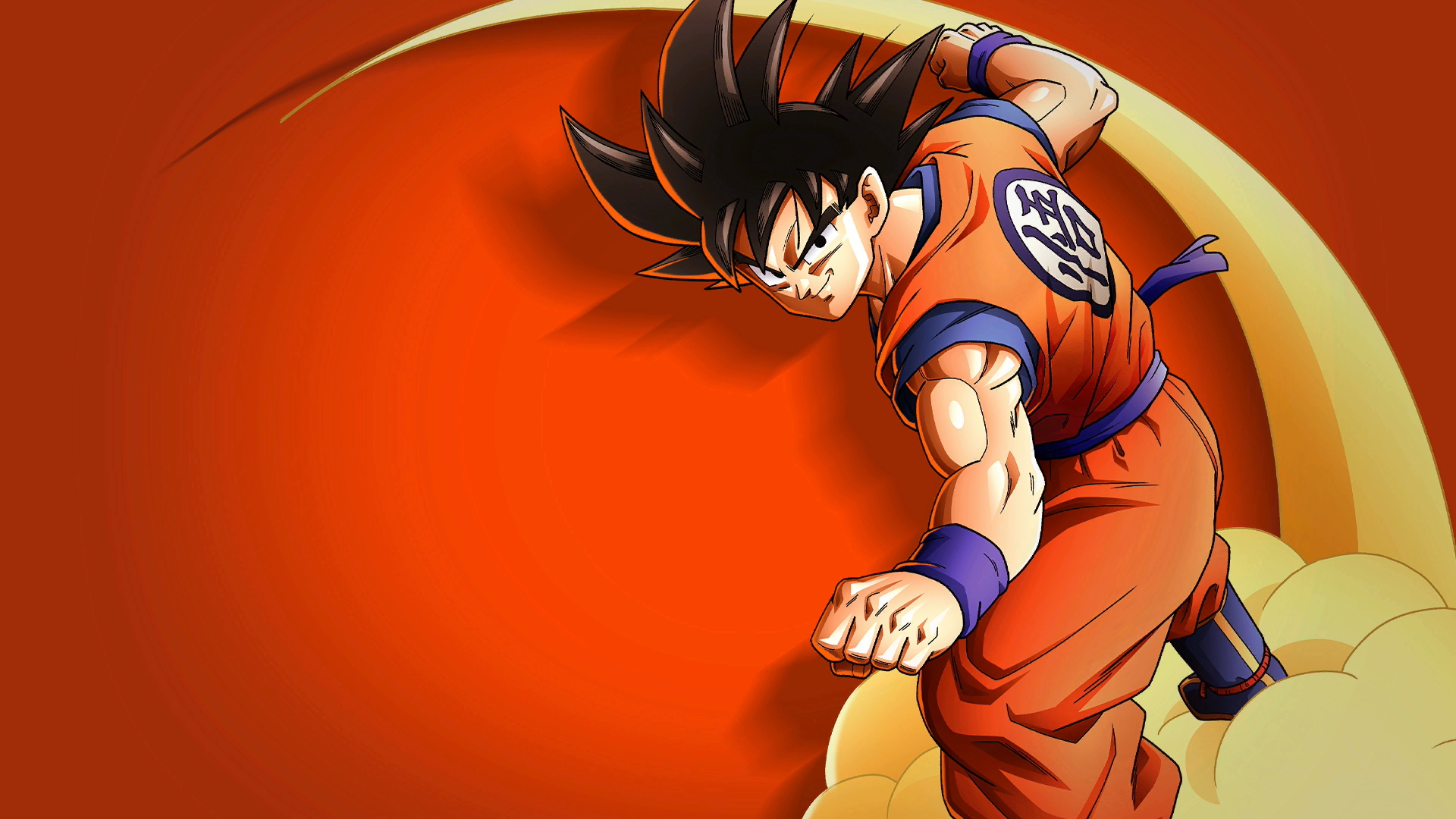
Dragon Ball Z: Kakarot Review
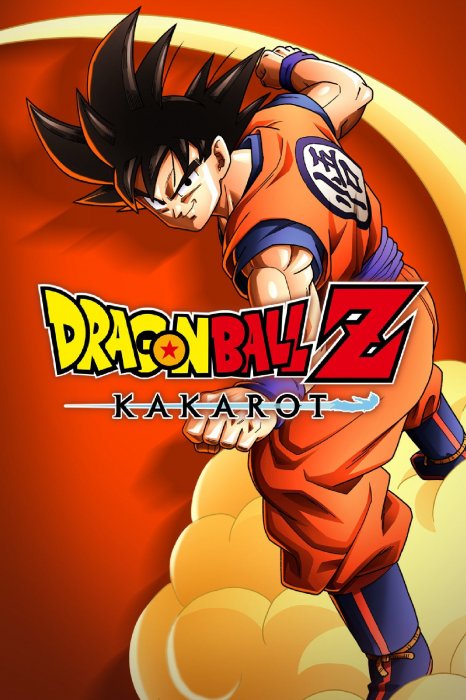
Pros
- Amazing retelling of a well-known story
- Battle system is a joy
- Some fun writing and character interaction
- Beautiful animation for fights
Cons
- Music is uninspired
- Generic fetch quests
- Not a whole ton to do outside of fights
- Stiff characters during cutscenes
- Overabundance of random encounters
The Dragon Ball series is one of the biggest franchises in the world, as it was one of the first anime that succeeded not only in the west, but also in Japan. The sense of adventure and exciting battles had many running home to their TV sets after school, hoping to catch every single moment of every single episode. There have been many games in the Dragon Ball universe, some of them good and some of them not so good. In flies Dragon Ball Z: Kakarot, a game that is meant to be a pretty accurate retelling of the Dragon Ball Z series. Is it a Super Saiyan or does the game belong in the Home For Infinite Losers?
Those familiar with the Dragon Ball Z series probably know a lot about the story of the manga/anime, and Kakarot doesn’t really deviate from the source material, as it tells the same story. Dragon Ball Z takes place after the original Dragon Ball, with Goku now grown up and having a son, named Gohan. However, his way of life is changed when a Saiyan, named Raditz, crash lands on Earth. There are a lot of things that happen from this point on, with the anime basically establishing four major story arcs. It is an iconic anime/manga, with a lot of other anime/manga being influenced by Dragon Ball Z.
Kakarot follows the story pretty well, highlighting the major events, but there are a few moments missing. While someone not familiar with the source material may not recognize these moments, those that know it will see some things missing from the game’s interpretation. Overall, though, the game does retell the same story pretty faithfully, so there is nothing to worry about with missing the key points of the story. Despite that, some of the lesser moments missing does bring the story down a bit, but that’s only going to be noticed by the trained eye.
The graphical fidelity in some scenes are absolutely gorgeous.
When you look at Kakarot and compared to the original anime, you are going to think that it looks a lot better than it. That definitely holds true, especially when you get into the battles and see all of the special effects flying around you. The characters look fantastic and their movements in battle are exquisitely done, but it’s their animations (or lack of) outside of battle that is a bit worrisome. Whenever there are cutscenes going on, like conversations between the characters, they are pretty much just standing there, like dolls. Could it have hurt to have included a couple of animations when these conversations were ongoing to make the characters feel alive?
Other than the characters, the environments are also well-done, but some of them can be pretty barren. It’s not a total loss, though, as a lot of the environments in the anime were pretty scarce of objects, so they may have been staying true to the source material. The game runs fairly smooth on a base Playstation 4, but there are some hiccups here and there. For example, there is a tiny bit of lag whenever the game loads up a new objective, which is a bit weird. However, the game doesn’t seem to have any slowdown at all during the intense fights, even when you’re fighting multiple opponents and there’s a lot of special effects flying around, so that’s a huge plus.
Moving onto the auditory section of the review, this could be considered one of its lowest points. The music isn’t anything special, although loading up the game and hearing the Japanese opening song, Cha-La Head Cha-La, can bring a smile to your face. It’s not the original English opening song, which might lead a few people astray, but it’s still a good track. The rest of the music in the game is forgettable, though, and nothing stands out as pleasing to the ears. It sounds pretty generic, as the original soundtrack from Dragon Ball Z couldn’t be used at all (likely, for legal reasons). Some of the voices are a hit or miss, since a lot of voice actors reprised their role, but some of them just seem off after not hearing them for so many years.
You will spend a lot of time flying around in this game.
So, how does the game play? Well, for starters, the world map is divided up into regions and each one of those has an open-world style play to it. You can explore the various regions, with more opening up as you progress in the story, for ingredients to be used in cooking/crafting, for procuring the legendary Dragon Balls, and even getting into battles with random enemies. As for the story, it is basically divided into missions, although it’s not the generic mission structure where you pick one, do the objectives and repeat that throughout the game. It is a little bit more organic than that, as you will go from one place to the next, starting up the missions as you approach the various story triggers (kind of like a lot of open world games).
While out exploring the various regions, you will undoubtedly run into some random encounters, which will throw you into battles. These function sort of like a battle arena game, kind of like how Xenoverse and Tenkaichi does it. When in fights, which doesn’t appear to have any boundaries at all, you can fight to your heart’s content. You have a basic melee attack button, which repeatedly pressed, will perform a combo that finishes with the enemy being knocked back. There are also buttons dedicated to the standard Ki blasts, dodging and even charging up your Ki meter.
Managing your Ki meter is an important part of combat in Kakarot, as you need it to perform Super Attacks, of which you can only have four equipped at a time, as well as performing some of the advanced techniques, like pushing opponents away when they’re unleashing a melee combo of their own on you. Luckily, as already mentioned, you do have a button, that when held down, will recharge your Ki, so it’s not a huge problem if you run out of Ki. Thankfully, dodging doesn’t drain your precious meter and you can pretty much do it infinitely, although it’s tough to win a battle when you’re not hitting your enemy.
The lack of enemy variety for random encounters can be boring.
Battles in Kakarot, especially those against the more challenging opponents, tend to revolve around reacting to what they do. The random encounters have a button-mashy feel to them, but that’s not going to carry you far against the likes of Frieza or Vegeta. There is a tactical feel to these bigger fights, as you want to wait until they unleash a huge attack, then go in with a combo. Luckily, you’re not committed to an attack once you start, unless it’s something like a Kamehameha, as you can dodge away whenever. This is important, since your worthy adversaries are going to have super armor quite often, which is one of the more annoying features. In the well-known skirmishes, enemies can sometimes have too much super armor, which means you will be retreating often to avoid taking major damage.
Unfortunately, you only get to control a handful of characters in the game, with the others being relegated to support characters. During the story segments, you generally can’t switch characters, nor have a choice on which supports to bring. However, in between the major story arcs, you have the ability to pick whoever you want. When you do have support characters in battle, they can definitely help a lot during the more challenging bouts. Every character in the game has a skill tree, with the playable ones getting more skills than the supports. The skill trees will unlock more nodes as you progress in the main story, and you purchase them with Z Orbs. These are littered everywhere in the game’s regions, plus you will earn them for completing battles.
Naturally, one of the best parts about Dragon Ball Z were the battles, especially when you saw all of the action unfold. That still holds true for Kakarot, as battles are just fun to play. The developer, CyberConnect2, does a pretty good job in making each of the major villains unique, but that only extends to those. The random battles get tiring, since you’re going to be fighting a lot of them, provided you don’t run away from them, and they are the same types of enemies over and over. The experience you get from these are pretty minimal, but as you progress in the main story, the Z Orbs you get from them can be pretty substantial, especially since there is an “instant victory” mechanic. Whenever you are at least five levels above the random encounter, you can dash into them in the air to instantly defeat them and reap the rewards.
You’ll meet all kinds of familiar faces during your adventure.
Outside of battles, you have the standard sidequests that are in a lot of games with RPG elements. These Substories are frequent enough that you want to do them, but they are nothing special. While reading some of the dialog might provide a laugh or two, the Substories can feel like generic fetch quests most of the time. You usually end up having to fight generic enemies or finding a specific item (or items). While some of these items can be cleverly hidden, most of the time, you’re just looking for a purple orb that spawns in the wild. One of the bigger problems with these Substories is that they are only available for a limited time, so if you’re not paying attention or move to the wrong spot, it’s very easy to miss these Substories permanently.
You also have a few other things you can do when you’re not fighting, like gathering ingredients. These can be used to do one of two things, make meals or aid in the construction of vehicles. Of course, these vehicles are not really important in terms of movement, since you can fly and all that, but there’s at least one mini-game attached to the car. Meals, however, have a great benefit to the player, as they not only provide temporary buffs, but the meals also give you permanent stats. There’s also a fishing minigame, but it isn’t anything special either. You push two buttons at the right time and that’s all the minigame is.
Once you progress enough in the main story, you will unlock the Dragon Balls. You have to manually collect all seven of them, then you will be able to make a wish. There are only three base wishes in the game, which are to enhance the gameplay, like getting rare items or wishing for more money. However, there are some Substories attached to making a wish, which are basically the only ones that aren’t missable in the game. These revolve around bringing back villains you fought that can then be refought. It’s pretty basic, but it can be fun to fight them again.
Community Boards are a different take on passive abilities and stats.
That brings up one final gameplay element, Community Boards and Soul Emblems. As you finish main story segments and Substories, the characters you interact with will give you their Soul Emblems. These coins can be inserted into boards that you give passive effects for all kinds of things in the game. For example, the Adult Community Board centers around stores and their selling/buying prices. Each Soul Emblem has stats on them that pertain to these boards, which can be leveled up by offering the emblems gifts. Place the Soul Emblems on the boards to increase their levels, which will grant you more stats. If you place certain Emblems next to each other, you may get an interaction and unlock even more stats. It’s definitely an interesting take on the generic passive stat system and gets you motivated to do those Substories.
Overall, Dragon Ball Z Kakarot is definitely a fun game and a love letter to any fan of the franchise, as the retelling of the main story is something that takes center stage. However, the gameplay suffers a bit, outside of combat, since it takes a general formula and doesn’t really do anything special with it. CyberConnect2 did a commendable job with the game, although they could have gone a little bit deeper with some aspects. Thankfully, the game isn’t very short, as it will probably take you somewhere in the vicinity of 25-30 hours to play through the main story, but there’s not a lot of post-game content there, so you might only get an extra 5-10 hours out of it after that.
There are plans to add more content to the game with DLC, but other than some general statements, Bandai Namco haven’t said anything specific just yet. To wrap things up, only die-hard fans of Dragon Ball might want to get the game right now. Other people might want to wait until the price has dropped a little bit before forking over their dough.
Fun, but flawed.
KA-ME-HA-ME-HAAAAA! This game is the most faithful retelling of the anime and a blast to play, but it isn’t without its faults.
Gameplay:
Sound:
Graphics:
Story:
Value Rating:


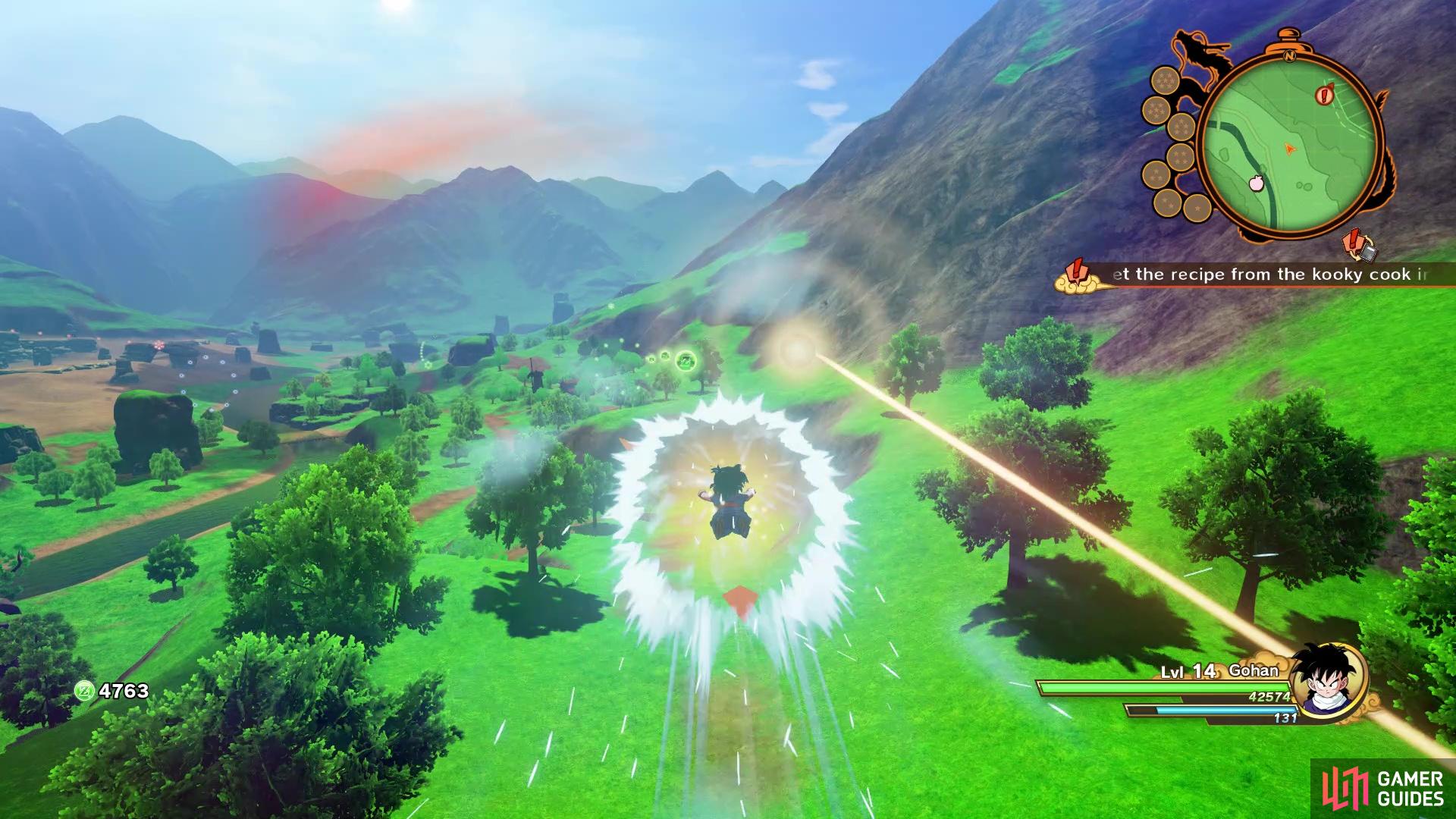
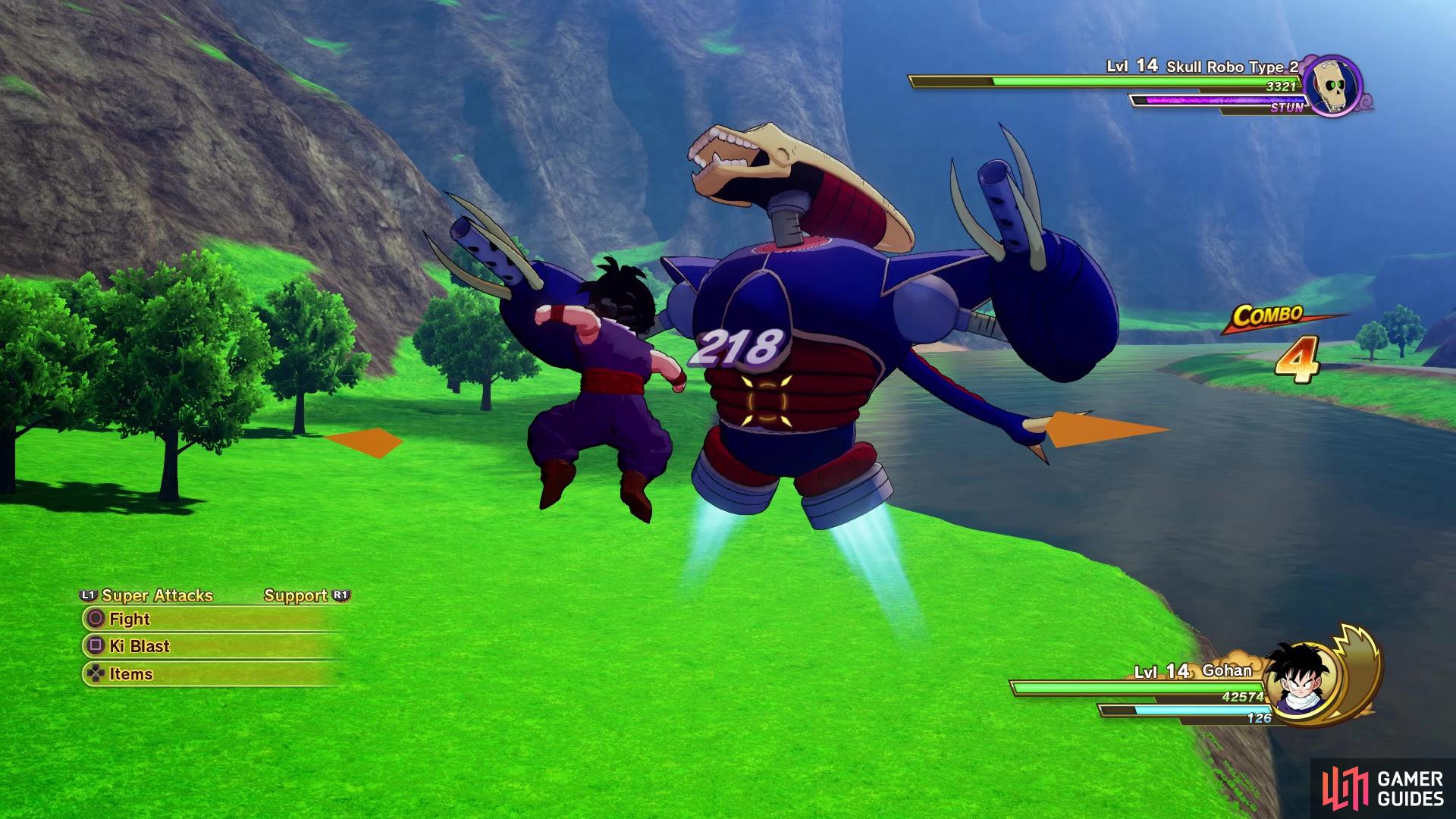
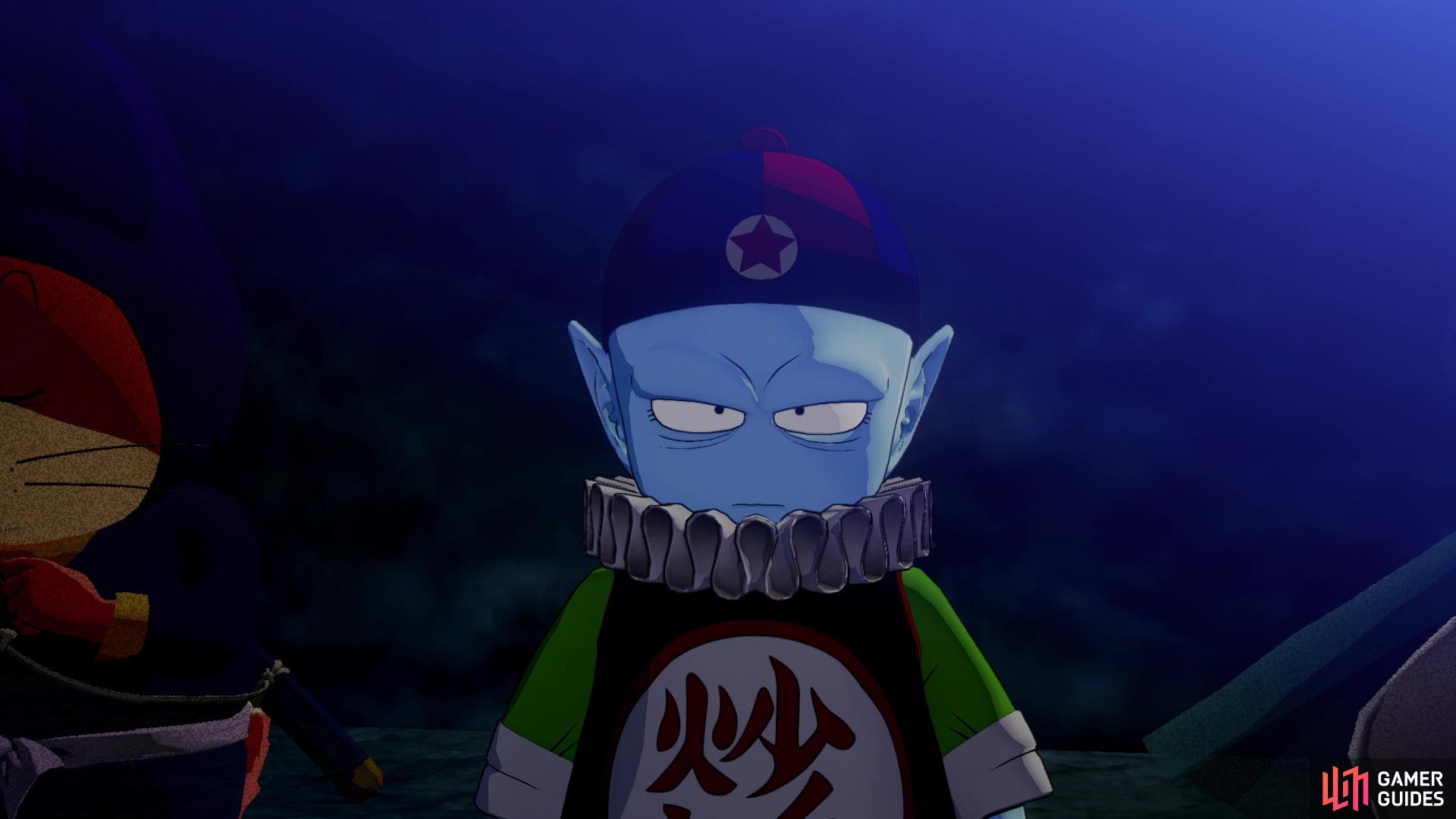
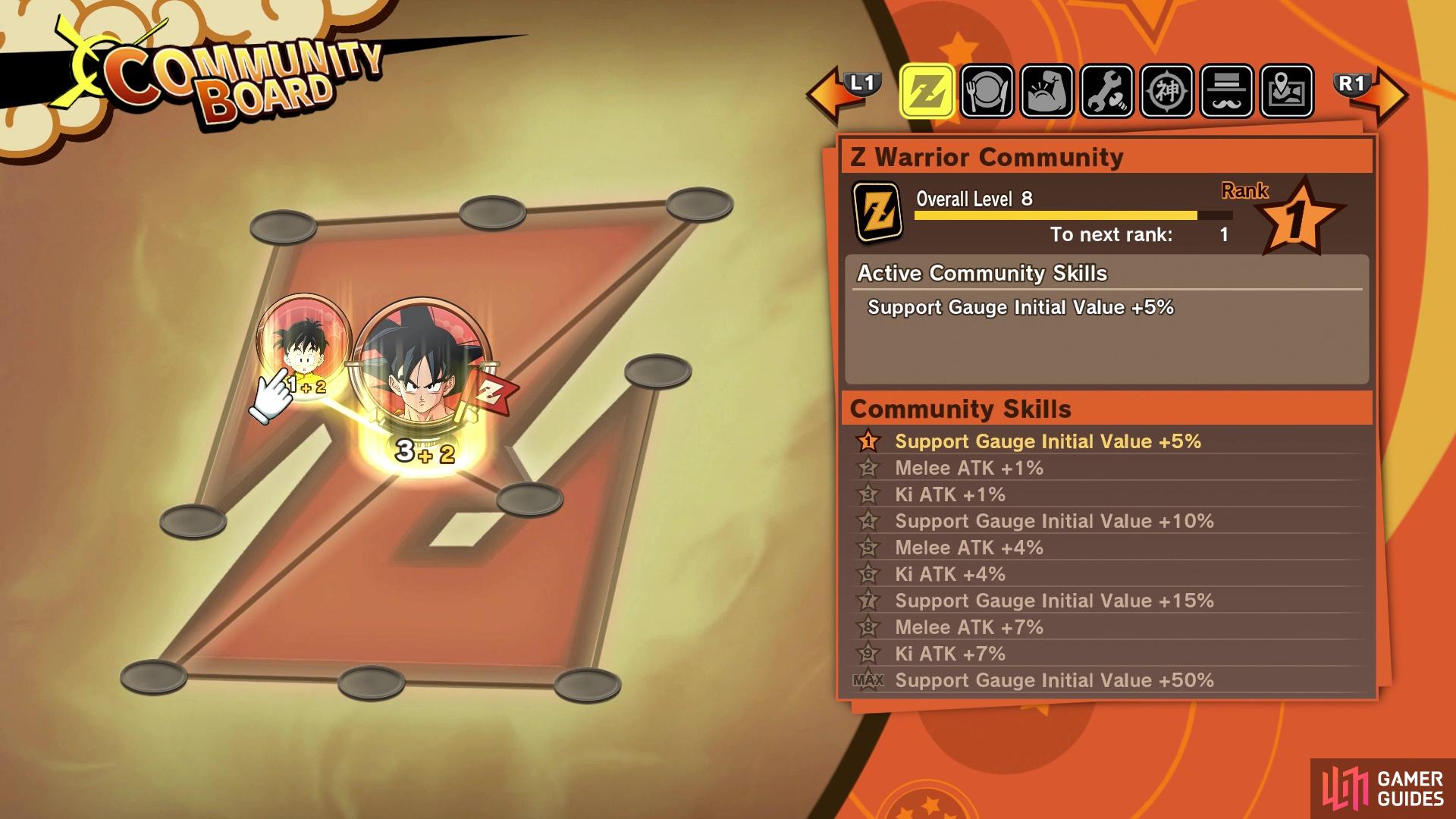
No Comments